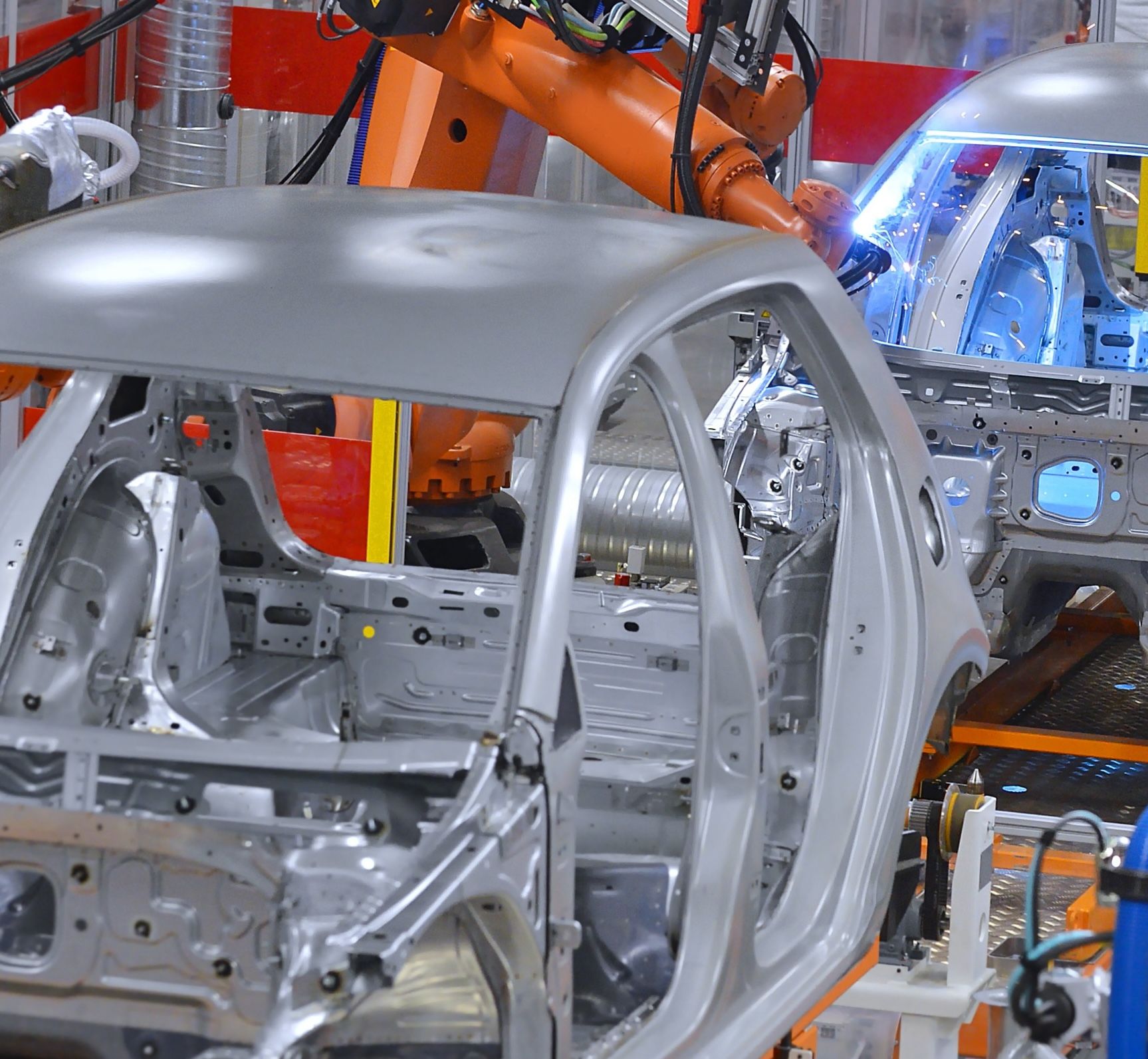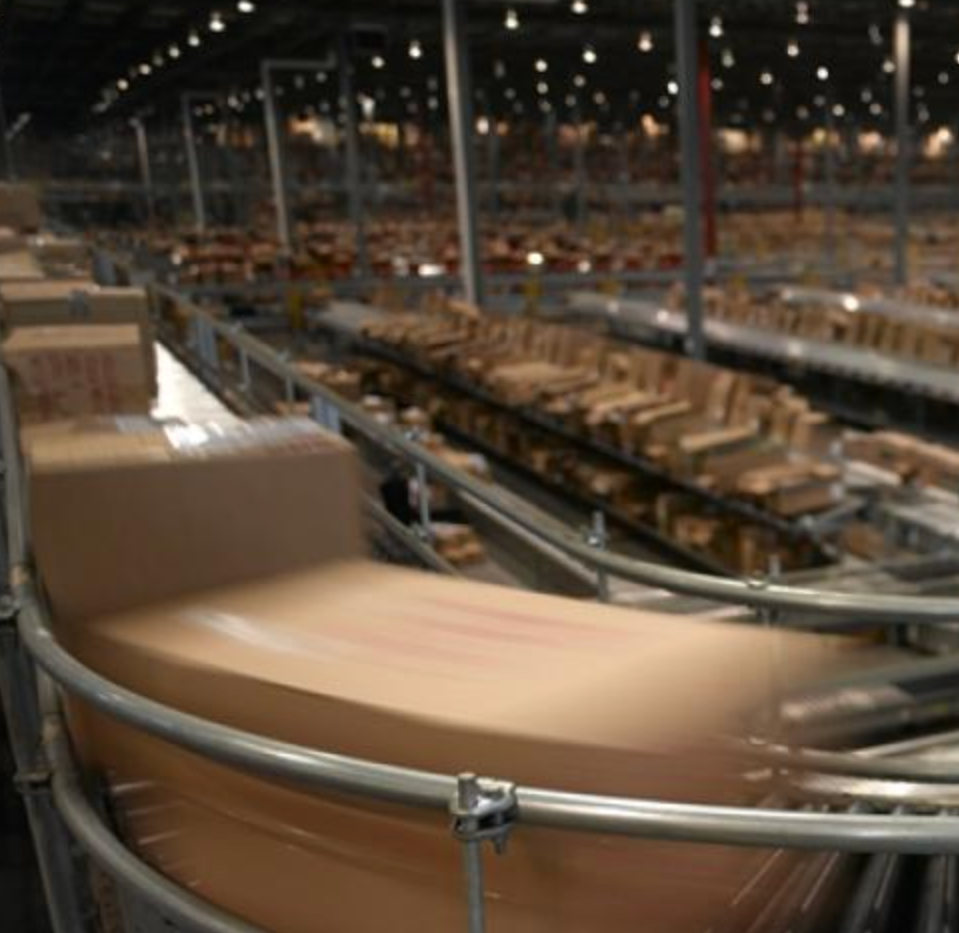Blog
Using Kanban and inventory management to increase production efficiency

Kanban is a lean manufacturing system that controls the rate of production by storing and using materials only when they are required. This means each step of the production process keeps on hand only the components that are needed until the process is complete. In this environment excess inventory is seen as waste. Clearly then, lean inventory management principles are an important component of using Kanban to create production efficiencies.
Kanban and the pull system
Within the Kanban system is an inventory scheduling function that enables manufacturing companies to stock only the parts needed for the production process. It is a pull system, meaning that each stage of the production process pulls work from the previous stage. This is the signal for the previous stage to make another, which minimizes WIP (work in progress). By limiting the number of products that are being worked on at once, the materials needed for current production are more easily and precisely kept on hand.
Inventory level
Inventory levels are controlled through Kanban and kept as low as possible. A main characteristic of the method is that Inventory is only replenished when the signal comes. This in effect means that customer demand determines the need for materials, rather than forecasts and projections.
There are several cost and process implications to holding too much inventory that Kanban helps to avoid. Excessive inventory will not only make the cycle time for one part in the production flow longer, but can potentially take up unnecessary space in the warehouse and production floor.
More inventory also means more work for receiving and put-away, as well as disposition for unused materials. Higher levels of inventory also increase the potential for damaged or lost materials, leading to higher costs.
Storage
The storage of parts is important for the Kanban system to work properly. A common technique relies on a three bin system in which bins for the part are kept in three locations - one each on the production floor, the storage warehouse, and with the supplier. Each bin contains cards with detailed information showing the inventory available and when it was received. When an employee reaches the last of the parts in a bin, it is the signal to reorder that part from the supplier and the Kanban card returns to fthe inventory department.
This type of Just In Time (JIT) storage system means that there are no excess amounts of inventory in the warehouse since no on-site storage is necessary.
Automatic materials handling
Automatic materials handling in conjunction with Kanban processes further frees up storage and floor space. Parts are able to be brought line-side in smaller quantities and more consistently, based on actual production speeds. For connected companies, this is achieved by leveraging the IIoT that enables the flow of data between the inventory management function, production planning, and the facility’s material handling equipment (AMRs).
Leveraging a pull system, Kanban improves production efficiency and reduces operating costs largely due to improved inventory management. Controlled by demand, optimized inventory reduces the costs of receiving, storing, and handling excess products and materials.







